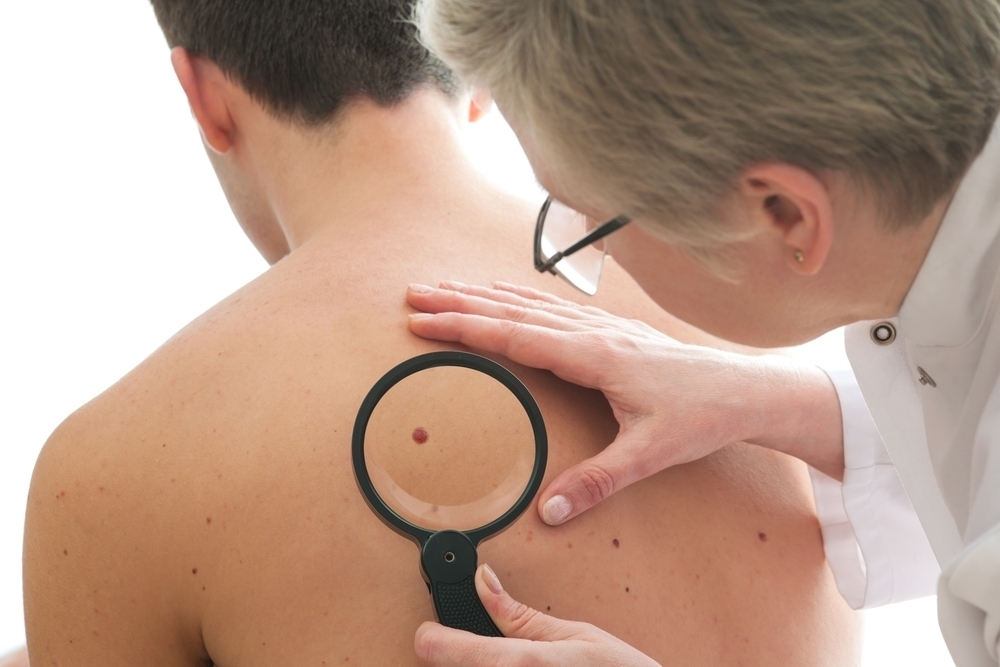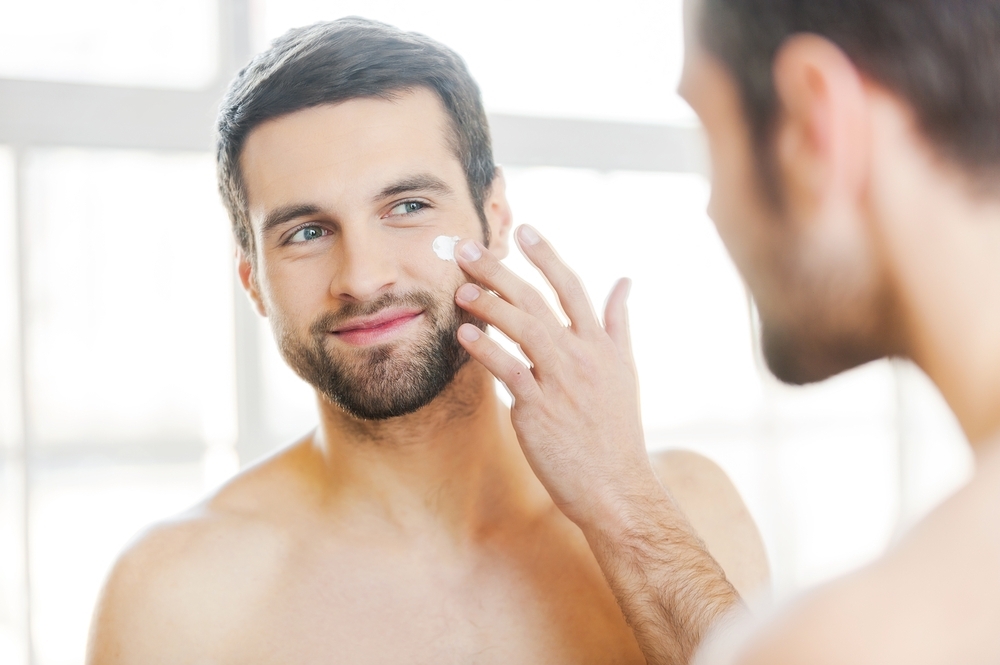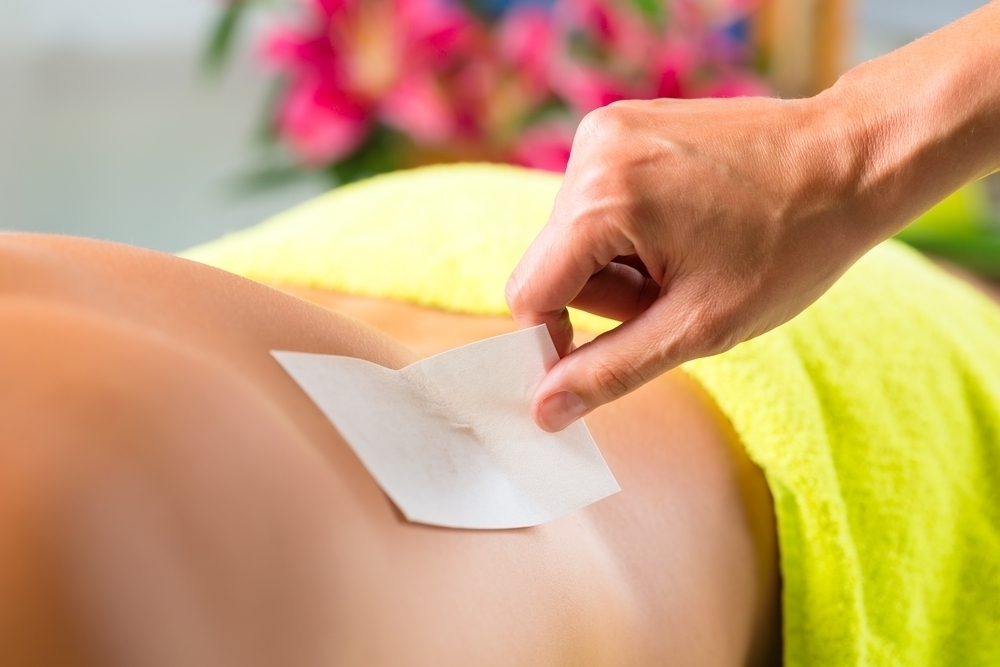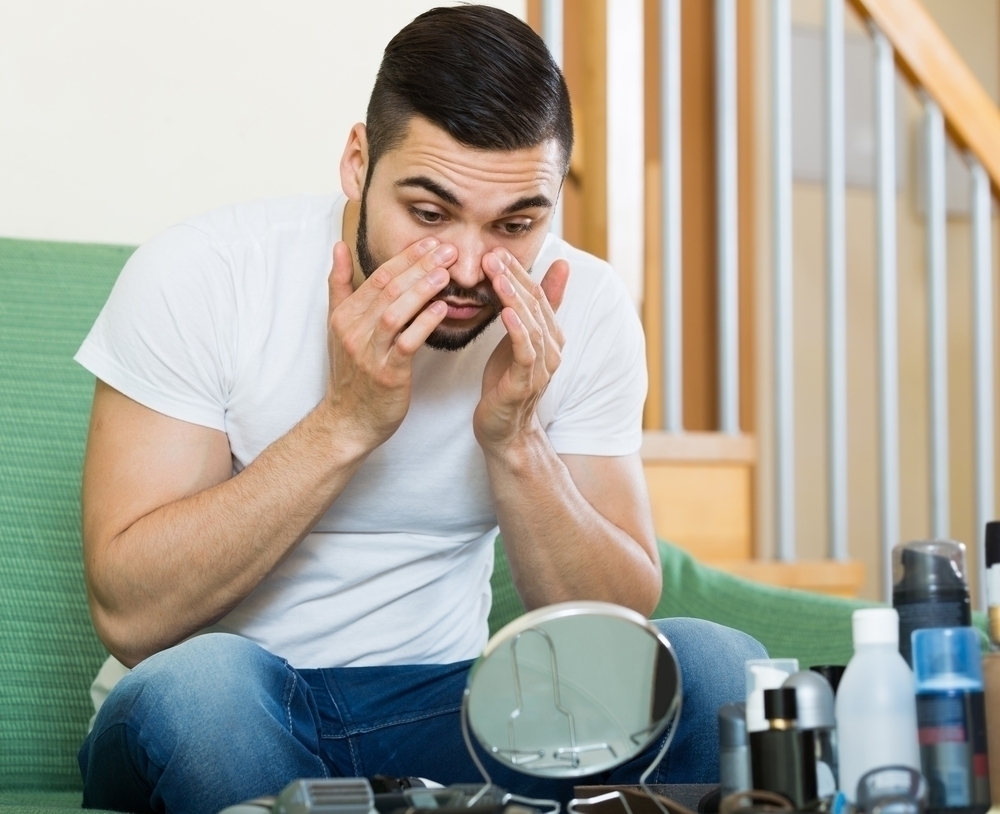Vitamin C is a powerful antioxidant that provides benefits far beyond supporting healthy immune function. Vitamin C also helps your body heal wounds and create scar tissue, aids in the growth and formation of tissues all over the body and helps maintain skin, bones and teeth.When it comes to enjoying the benefits of vitamin C you can use a skin care product that contains a derivative of vitamin C, such as ascorbic acid, or you can add foods rich in vitamin C to your diet. There are a ton of foods that will get you your daily recommended allowance of vitamin C and we’ve come up with a few recipes for you to try.

Mango Salsa
Start your summer with a little fiesta and serve up this vitamin C packed appetizer.
Ingredients
- 1 mango, peeled and diced
- 3 roma tomatoes, diced
- ¼ red onion, finely diced
- 1 tablespoon chopped fresh cilantro
- juice of 1 lime
- optional – 1 jalapeno pepper, deseeded and chopped
Preparation
In a small bowl, combine the mango and tomatoes. Add onion and cilantro. If you are adding jalapeno, add it now as well. Either squeeze the lime directly on top of the mixture or pour lime juice over mixture. Toss everything together and you’re ready to snack on this tasty salsa with your favorite chips.
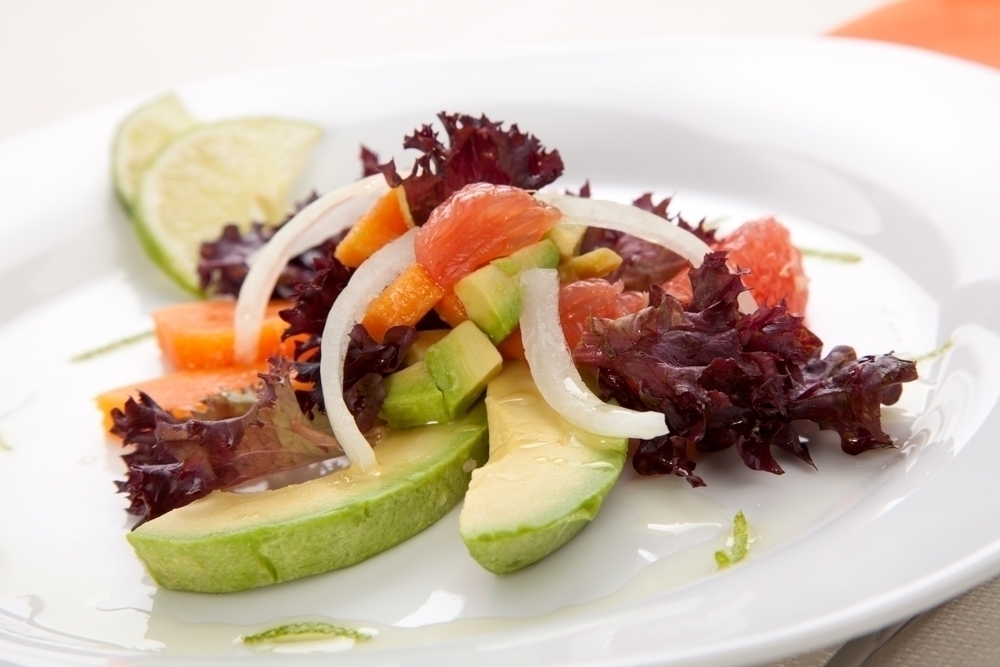
Avocado, Grapefruit and Papaya Salad
This light, fresh and colorful salad is perfect for the warmer summer months. An added bonus is how incredibly quick and easy it is to assemble.
Ingredients
- 4 cups of mixed greens (add kale for additional vitamin C)
- 2 grapefruits, peeled and quartered
- 1 avocado, peeled and sectioned
- 1 small papaya, peeled and sliced
- 2 teaspoons lemon juice
- 1 tablespoon olive oil
- 1 tablespoon of finely chopped cilantro
Preparation
Grab a medium sized bowl and add the olive oil and lemon juice. Whisk together until well mixed. Add your grapefruits, avocado, papaya and cilantro to the bowl and toss to combine all of the ingredients. Cover your bowl and allow it to sit for at least one hour in the fridge. When you are ready to serve, place a bed of greens on a plate (or in a bowl) and spoon some of the fruit mixture on top.

Broccoli and Parmesan Pasta
When you want a bit of a heartier meal, try this delicious pasta dish.
Ingredients
- 1 head of broccoli, washed and chopped
- 1 16oz container of whole wheat pasta
- 1 medium onion (yellow or white), peeled and diced
- 3 cups of vegetable broth
- 2 cloves fresh garlic, chopped
- 3 tablespoons of olive oil
- 1 cup fresh grated Parmesan cheese
- Cracked black pepper
Preparation
Get a large pot and add your vegetable broth. Bring to a boil. Add your head of broccoli and boil for about three minutes, just until bright green and slightly tender. Remove broccoli with a slotted spoon and bring broth back to a boil. Add your pasta and cook according to the directions on the package then drain. Place onion, garlic and olive oil in a large saute pan and cook over medium heat for about five minutes. Add your broccoli and cook for another minute then remove from heat. Grab a large serving bowl and combine the broccoli mixture and the Parmesan cheese. Add cracked black pepper to taste and serve.
Vitamin C is available in so many fresh fruits and vegetables that your options for creating dishes that are high in vitamin C are virtually endless. Serve up a cauliflower soup or make a tasty tropical fruit salad. You are only limited by your imagination when it comes to creating delicious vitamin C rich dishes.







